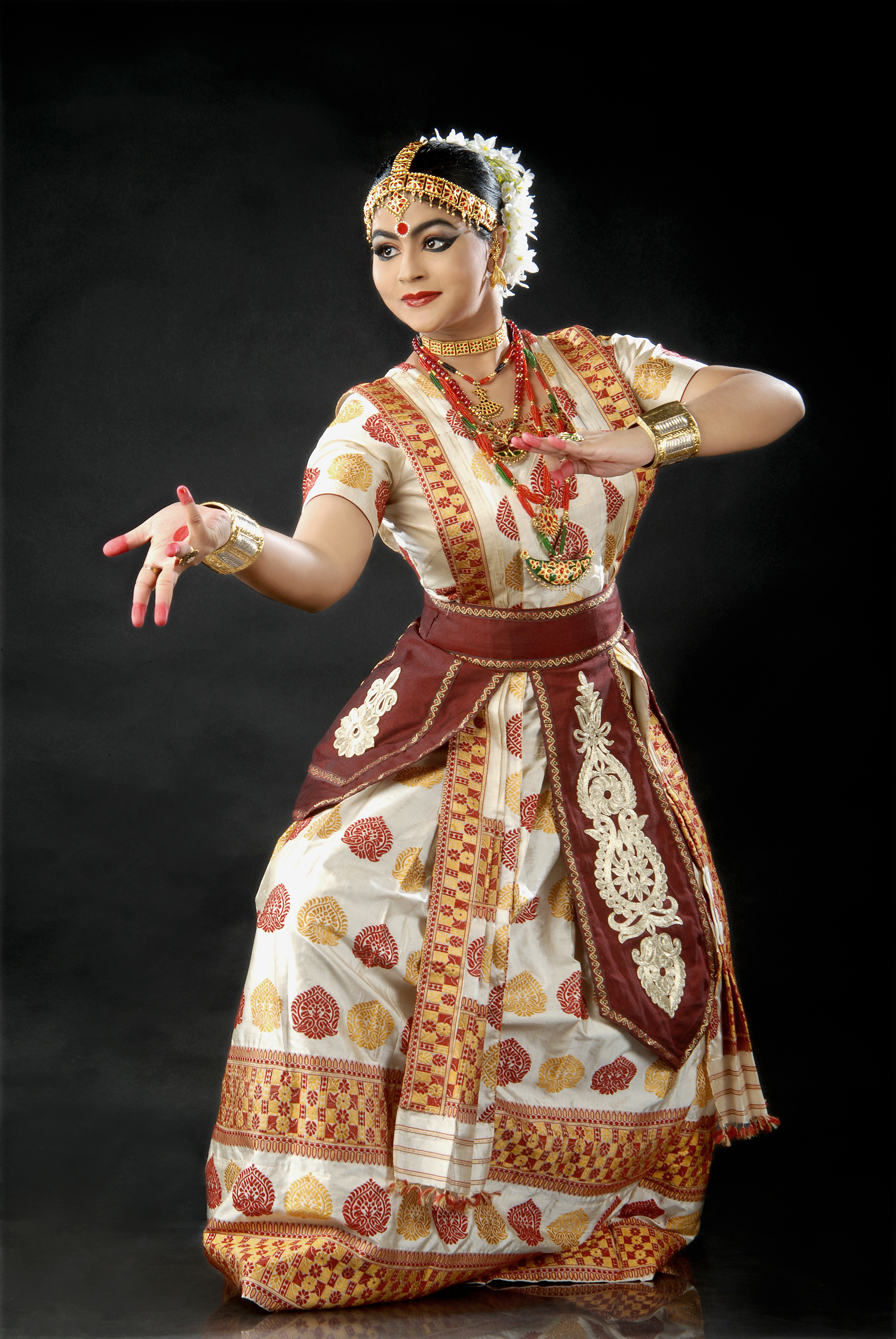Kathak is the fundamental set up move sort of northern India. The word kathak means "to relate a story". It is gotten from the move shows of obsolete India. Right when the sponsorship moved from the asylums to the lauded court, there was a modification in the general complement. The highlight moved from the delineating religious stories to one of fervor. Today, the depicting viewpoint has been shortened and the move is in a general sense a remarkable examination of point of view and movement.

Kathak was on an uncommonly vital level associated with a connection known as the tawaif. This is a lavishly bewildered relationship of female entertainers, especially like the geisha custom of Japan. It was a calling which asked for the most amazing gages of get readied, information, and most vital, class. It is said that it was basic for impact to send their children to the tawaifs for rule in conduct. Shockingly, when the British cemented their hold over India in the midst of the Victorian period, this remarkable association was discrete as superfluous prostitution and was banned. This set the perfect work of art of kathak into a slipping winding that was not pivoted until Independence when there was a stiring in imperativeness for standard Indian expressive expressions.
Kathak is one of the six conventional Indian move graphs. An old delineating contraption, Kathak began inside the Hindu shelters as a system for portraying the epic stories contained inside the Mahabharata and Ramayana, Hindu blessed works. Verse combined with musical movement to help in the adoring depicting.
In any case, the stories didn't stay inside the asylum dividers for long. Voyaging Kathaks, or wandering storytellers, soon began going on the moves all through the country. They added energetic outward appearances to their showcases, further working up the move to consolidate pieces of mime. Therefore, Kathak transitioned from its segregates, mindful beginning stages to a more open, multi-taught, excitement custom.
In the midst of the medieval period, Kathak switched into a developed approximately a player in court society, performing under the critical backing of India's Persian rulers and Muslim moghuls. This changed Kathak's turn from nice redirection to set up jewel. Behind stronghold dividers, the energetic and shocking depicting Hindu roots joined with the more specific positions, musical examination of Islam. The spellbinding right and throbbing footwork, in addition the deft yet point by point carriage of the stomach region, hand circumstances, and outward appearances demonstrate Kathak's changed social effects. In like manner Kathak enclosed into a strong move custom with parts of both Hindu and Muslim society present.
One medieval ruler particularly put himself astoundingly into the change of Kathak: Wajid Ali Shah of Lucknow, India. An author and talented laborer himself, Shah gave careful thought to the stimulated expressiveness of the move. Out of his court came a stylization of Kathak that is today known as the Lucknow gharana. Intentionally, the seasons of Shah's vital court master Thakur Prasad went on the Lucknow gharana. Present day Kathak powers of the Lucknow custom can regardless take after their family history back to the court of Wajid Ali Shah, including the fantastically doubtlessly comprehended Pandit Birju Maharaj.
Katha Dance Theater is regarded to consider Pandit Birju Maharaj, the living legend of Katha move, an advantaged individual from its Board of Directors. Other than he is a semiannual passing by instructor at KDT School. Coordinator and innovative power of Katha Dance Theater, Rita Mustaphi, is an aficionado of Pandit Birju Maharaj. This pivotal relationship amongst Maharaj and KDT has developed a strong showing custom and social segment quality at the Katha Dance Theater.
Kathak move structure made in the old times, from the shows of master storytellers, known as kathakas. They used to outline stories, while moving and singing in the meantime. The custom was continued from period to time. The advancement of Kathak continued coming to fruition to and it was around the thirteenth century that a specific style rose. With time, highlights like mental associate syllables and bol started making. The Bhakti change of the fifteenth sixteenth century other than influenced the move structure.
With the presentation of Kathak in the Mughal court, Persian effects additionally started influencing it. A social class of gifted specialists and squires made in the heavenly châteaux and move changed into a sort of essentialness, rather than adoration. An exchange of examinations started happening between the Indian bosses and those from the Middle East. By then, began the dynamic progression of Kathak from the other standard moves. The trademark "chakkars" (turns) were appeared in the move structure around this time in a manner of speaking.
0 comments:
Post a Comment